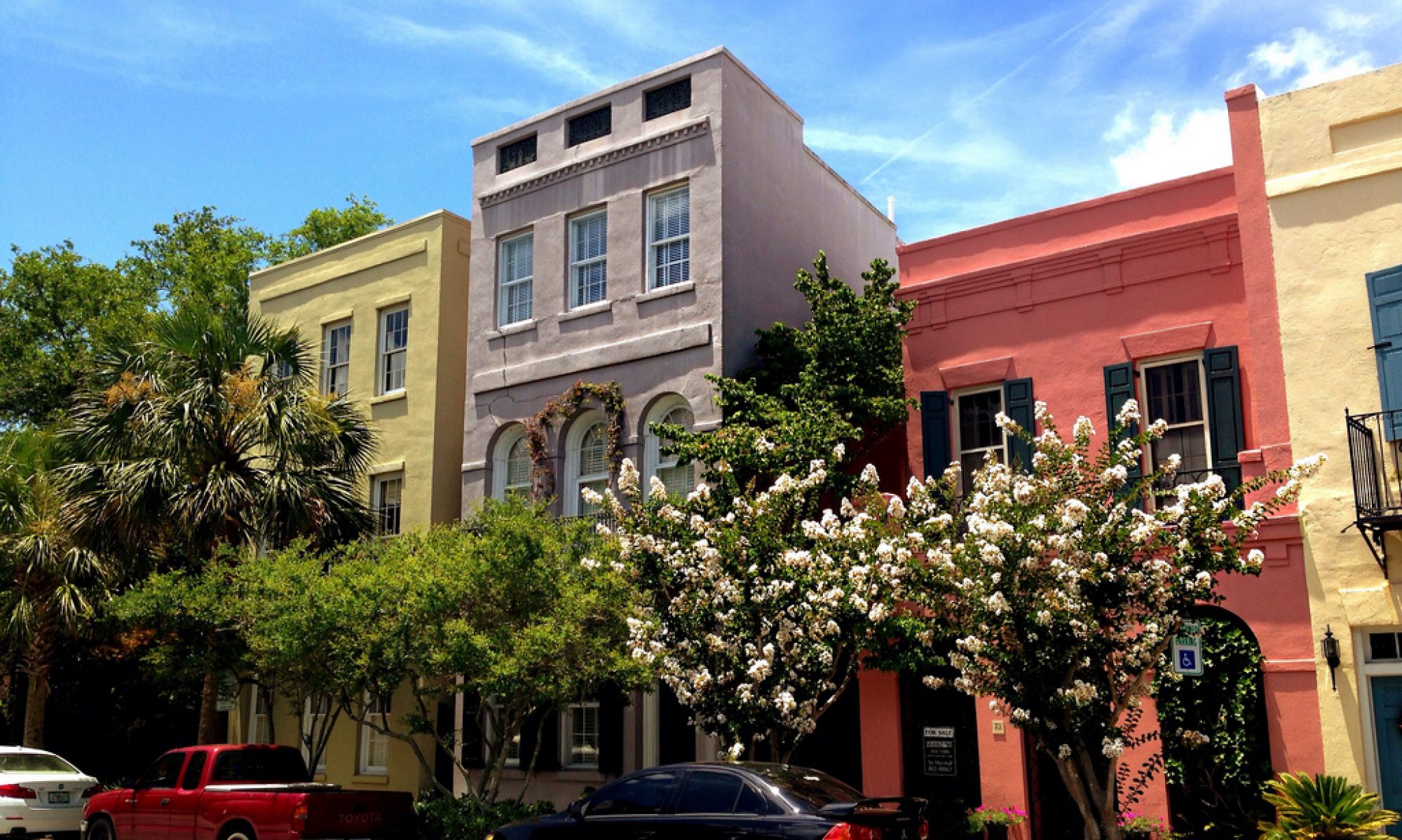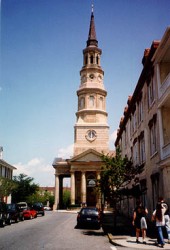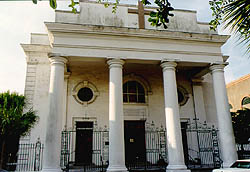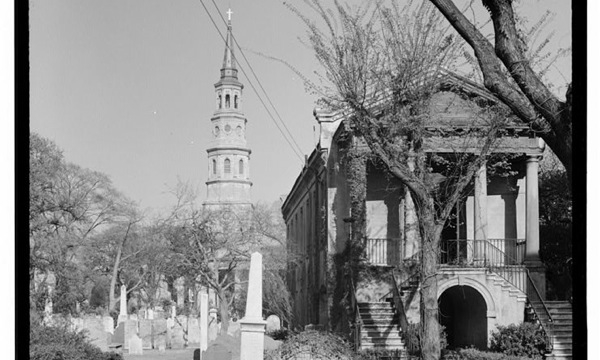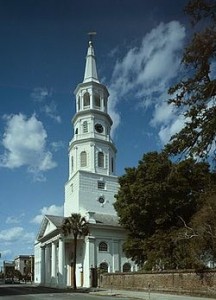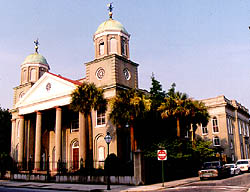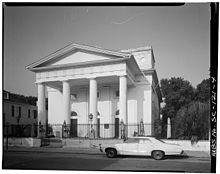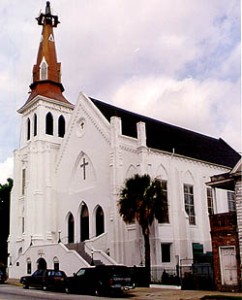Listed in National Register of Historic Places.
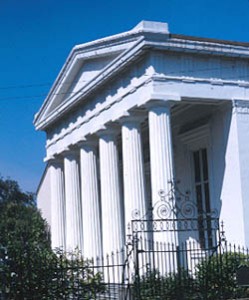
Picture Source – National Park Service
90 Hasell Street,
Charleston,
SC – 29401
843-723-1090
‘Founded in 1749 as a Sephardic Orthodox congregation, in 1841, Kahal Kadosh Beth Elohim-also known as KKBE-was firmly committed to the path of religious Reform Judaism.
Our sanctuary is the second oldest synagogue building in the United States and the oldest in continuous use.
We invite you to experience for yourself KKBEs rich past and vibrant present.’
Tours:
– Monday through Thursday from 10-noon and 1:30-3:30
– Fridays from 10-noon
– Sundays from 1:00-4:00
‘Our enthusiastic and knowledgable volunteer docents lead tours of the historic Sanctuary at KKBE and share our unique history.
Please allow at least 30 minutes for the tour plus time to visit our Museum and Chosen Treasures, our Sisterhood Judaica & Gift shop.’
‘Kahal Kadosh Beth Elohim Synagogue, a National Historic Landmark, is the country’s second oldest synagogue and the oldest in continuous use.
The American Reform Judaism movement originated at this site in 1824.
The congregation of Kahal Kadosh Beth Elohim-meaning Holy Congregation House of God-was established in colonial Charleston in 1749, and is now the nation’s fourth oldest Jewish community.
The building reflects the history of Jewish worship in Charleston, as well as the high degree of religious tolerance within the Carolina colony.’
‘The Beth Elohim congregation began as an Orthodox community, founded primarily by Sephardic immigrants (of Spanish and Portuguese ancestry).
By the end of the 18th century the Beth Elohim congregation had become the largest Jewish community in the nation, with a membership of 500.
This synagogue was built in 1840, on the site of the congregations first synagogue destroyed in the Charleston fire of 1838.
The building is an excellent example of the Greek Revival style, as its form, portico and rich ornamentation are adapted from classic Greek temples.
Designed by New York architect Cyrus L. Warner, the temple was built by congregation member, David Lopez.’
Sources:
– National Park Service
– http://www.kkbe.org/
For more infromation on the Synagogue visit the National Park Service Website or Wikipedia.
Email the church

